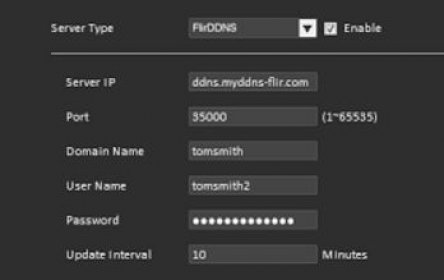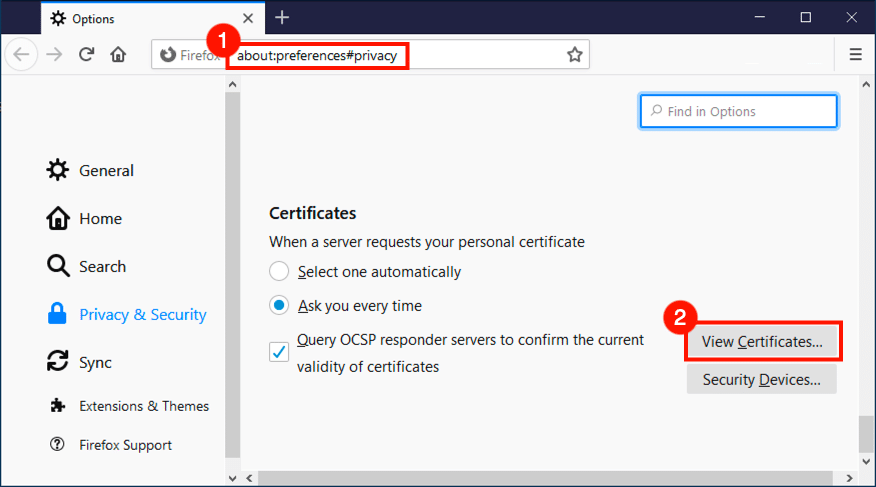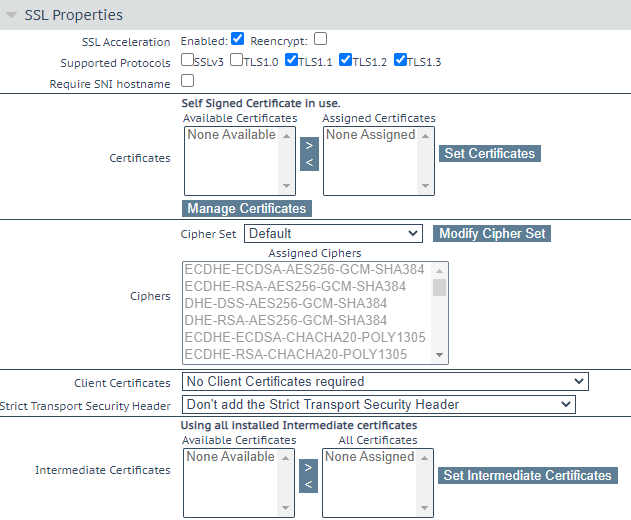

The browser will then make the actual request. If is willing to accept the action, it may respond with the following headers:Īccess-Control-Allow-Methods: PUT, DELETE Cross-origin requests are preflighted this way because they may have implications to user data. When performing certain types of cross-domain Ajax requests, modern browsers that support CORS will initiate an extra "preflight" request to determine whether they have permission to perform the action. Even if it does not, attackers may be able to bypass any IP-based access controls by proxying through users' browsers. If a site specifies the header "Access-Control-Allow-Credentials:true" third-party sites may be able to carry out privileged actions and retrieve sensitive information. Note that in the CORS architecture, the Access-Control-Allow-Origin header is being set by the external web service ( ), not the original web application server ( Here, uses CORS to permit the browser to authorize to make requests to.

The value of "*" is special in that it does not allow requests to supply credentials, meaning it does not allow HTTP authentication, client-side SSL certificates, or cookies to be sent in the cross-domain request. A freely-available web font on a public hosting service like Google Fonts is an example.Ī wildcard same-origin policy is also widely and appropriately used in the object-capability model, where pages have unguessable URLs and are meant to be accessible to anyone who knows the secret.
#No client certificate presented, cac for mac code
An error page if the server does not allow a cross-origin requestĪ wildcard same-origin policy is appropriate when a page or API response is considered completely public content and it is intended to be accessible to everyone, including any code on any site.The requested data along with an Access-Control-Allow-Origin (ACAO) header with a wildcard indicating that the requests from all domains are allowed: Access-Control-Allow-Origin: *.For example in this case it should be: Access-Control-Allow-Origin: The requested data along with an Access-Control-Allow-Origin (ACAO) header in its response indicating the requests from the origin are allowed.The browser sends the GET request with an extra Origin HTTP header to containing the domain that served the parent page: Origin:.A CORS-compatible browser will attempt to make a cross-origin request to as follows. Suppose a user visits and the page attempts a cross-origin request to fetch the user's data from.

Servers can also notify clients whether "credentials" (including Cookies and HTTP Authentication data) should be sent with requests. Path of an XMLHttpRequest(XHR) through CORS.įor Ajax and HTTP request methods that can modify data (usually HTTP methods other than GET, or for POST usage with certain MIME types), the specification mandates that browsers "preflight" the request, soliciting supported methods from the server with an HTTP OPTIONS request method, and then, upon "approval" from the server, sending the actual request with the actual HTTP request method.


 0 kommentar(er)
0 kommentar(er)
